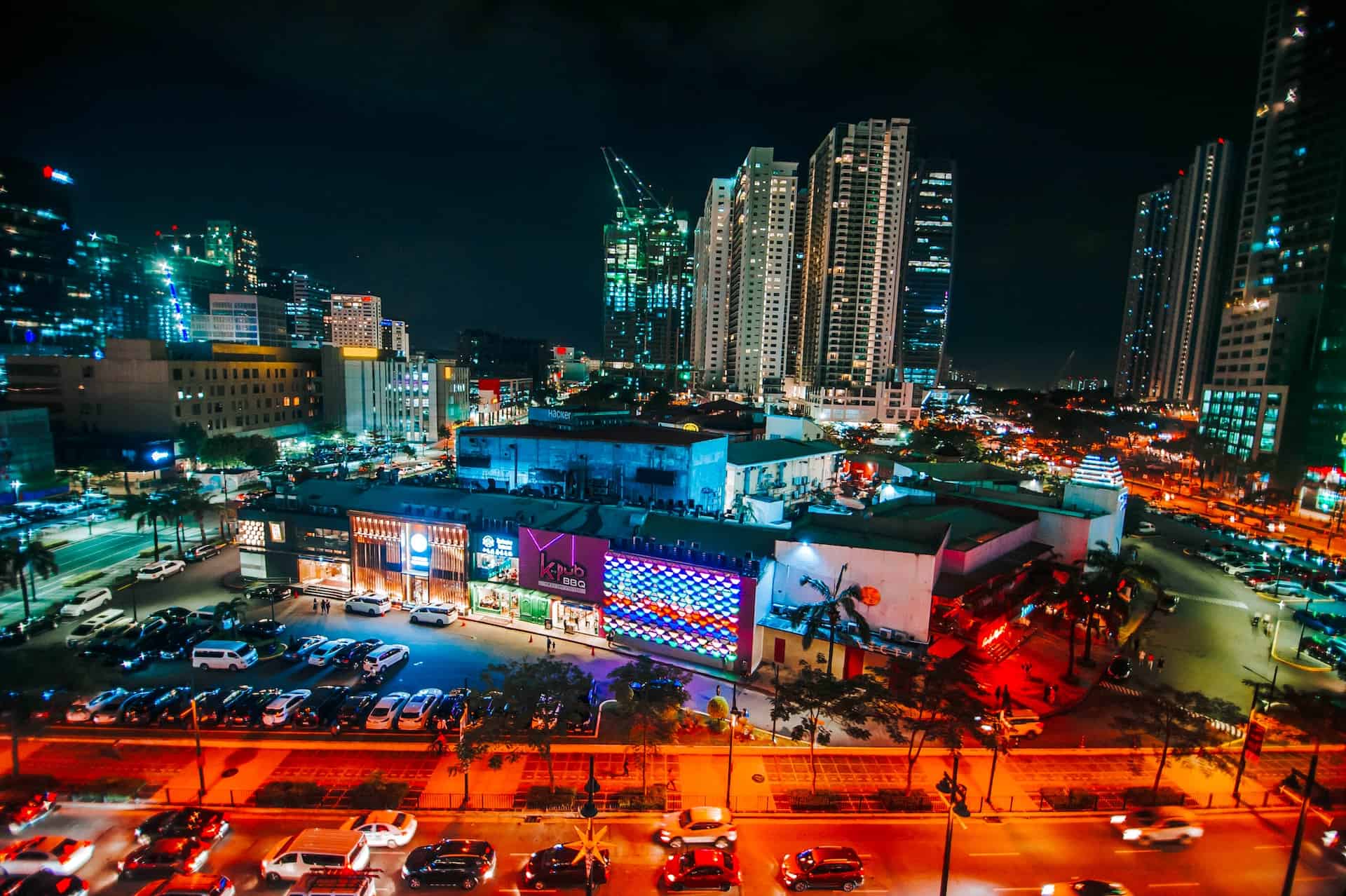Jollibee and the Rise of Fast Food
Jollibee, along with the broader fast food trend in the Philippines, offers a window into the nation’s evolving socio-cultural and economic landscape. While the convenience and taste of fast food are undeniable, it’s essential to strike a balance. Awareness, moderation, and informed choices are keys to enjoying these culinary delights without compromising health. As the adage goes, “Too much of anything is bad,” and this holds true for the crispy, savory, and sweet treats that fast food chains, including Jollibee, offer.

The Philippines, with its sun-kissed beaches, warm hospitality, and vibrant culture, is also the home of Jollibee — a fast-food chain that has come to symbolize Filipino resilience, innovation, and penchant for flavors that tug at the heartstrings. The rise of fast food in the Philippines is a tale of socio-economic change, urbanization, and evolving culinary tastes. As we explore this narrative, we must also critically examine the implications on public health and weight.
I. Jollibee: A Bee that Buzzed Across the Archipelago
Jollibee started its journey in 1975 as an ice cream parlor in Quezon City. The owner, Tony Tan Caktiong, quickly observed the Filipino preference for hot meals over cold desserts, leading him to pivot towards serving food. Burgers, spaghetti, and fried chicken soon dominated the menu. What set Jollibee apart was its ability to offer Western-style fast food but with a unique Filipino twist.
1. Local Adaptation: For instance, the Jolly Spaghetti boasts a sweet sauce, sliced hotdogs, and ground meat – catering to the local palate. Similarly, the Chickenjoy, a crispy fried chicken dish, is paired with gravy reminiscent of Filipino flavors. These locally adapted items gave Jollibee an edge over global fast-food giants.
2. Cultural Significance: Beyond food, Jollibee became a symbol of Filipino pride. With its bee mascot, it has portrayed values of family, joy, and resilience — all of which resonate deeply with Filipinos. This cultural alignment further cemented its position in the market.
II. The Escalation of Fast Food Culture
Fast food’s popularity in the Philippines isn’t just about Jollibee. Urbanization and the rising middle class have paved the way for numerous global and local chains.
1. Urban Rush: As cities grew, so did the demand for quick, affordable, and consistent meals. Working professionals, students, and families sought convenient options, making fast food an easy choice.
2. Global and Local Fusion: While global brands like McDonald’s and KFC found their ground, local brands such as Chowking (offering Chinese-Filipino dishes) and Greenwich (serving pizzas and pastas with a Filipino twist) also thrived. This blend of global and local showcases the Filipino openness to varied tastes, while also staying rooted in their culinary traditions.
III. Health Implications: Beyond the Happy Meals
As with most global trends, the rise of fast food has implications. Increased fast food consumption has direct links to health concerns.
1. Nutritional Imbalance: Fast food, while delicious, often lacks essential nutrients. High in salt, sugar, and unhealthy fats, regular consumption can lead to nutrient deficiencies. Instead of traditional meals that had a balance of vegetables, protein, and carbohydrates, fast-food meals often lean heavily on carbs and fats.
2. Weight and Lifestyle Diseases: The Philippines has seen a rise in obesity and lifestyle diseases like hypertension and Type 2 diabetes. While it’s simplistic to blame only fast food, it’s undeniable that it plays a role. The sedentary urban lifestyle, combined with high-calorie meals, sets the stage for these health challenges.
IV. Diving Deeper: Examples and Analyses
Example 1: The Kid’s Meal Phenomenon
Effects on Health: Children are particularly susceptible to the allure of fast food. With colorful toys and playful advertising, kids’ meals are a hit. However, they introduce children to high-sodium, high-sugar diets early on. This not only affects their immediate health but also sets a dietary pattern that can be hard to break in adulthood.
Effects on Weight: Childhood obesity is a rising concern. As kids consume more calorie-dense fast food, they’re at risk of becoming overweight. This predisposes them to a plethora of health issues in the future, including cardiovascular diseases.
Example 2: 24/7 Fast Food Outlets
Effects on Health: With many outlets operating round the clock, the temptation to grab a late-night snack or an early breakfast is high. These irregular eating patterns, often combined with other lifestyle factors like lack of sleep, compound health issues. Late-night meals, especially, are linked to digestive issues and heartburn.
Effects on Weight: Eating at odd hours, especially just before sleeping, disrupts the body’s metabolism. This leads to inefficient calorie burning, often resulting in weight gain. Moreover, nighttime fast food runs usually mean extra, unplanned calorie intake for the day.


















Jollibee Menu Phlippines a beloved fast-food chain in the Philippines, offers a diverse menu that caters to a wide range of tastes, blending Filipino flavors with Western fast-food favorites. Central to its offerings is the iconic Chickenjoy, a crispy fried chicken that has become a staple for many. Complementing this are various rice meals, like the popular Burger Steak and Jolly Spaghetti, which uniquely incorporates sweet-style sauce, hotdog slices, and cheese.
Chipotle’s honey vinaigrette is a fan-favorite dressing that adds a sweet and tangy kick to salads and bowls. Made with a blend of honey, red wine vinegar, lime juice, and a mix of savory spices, it perfectly balances sweetness with a zesty, slightly smoky flavor. honey vinaigrette from Chipotle
fast food rises in texas